In May, the Armenian Church, the Coptic Orthodox Church, and members of the Jewish community, gathered in the St. Sahag Armenian Church in St. Pail to commemorate victims of genocide and mass violence from their communities. This gathering appears to be the first time that these three communities have come together to remember their pasts. The event came to fruition over friendship and food, as well as a recognition that supporting one another, especially over similarly tragic pasts, is important for the survival of minority communities.
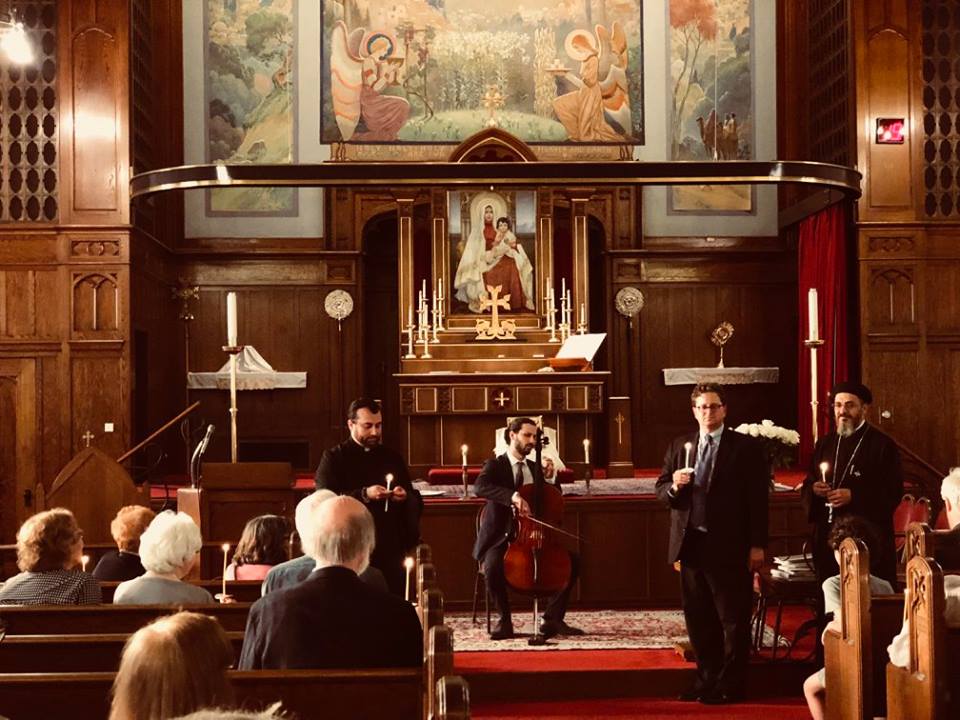 Speakers from each community emphasized a commonality between all three religions, whether a shared history of victimization or a shared theology. Each community has a tragic history, histories that Fr. Tadeos, the priest of the Armenian Church, wished would remain in the past. However, he emphasized that the Coptic Church continues to experience these tragedies today.
Speakers from each community emphasized a commonality between all three religions, whether a shared history of victimization or a shared theology. Each community has a tragic history, histories that Fr. Tadeos, the priest of the Armenian Church, wished would remain in the past. However, he emphasized that the Coptic Church continues to experience these tragedies today.

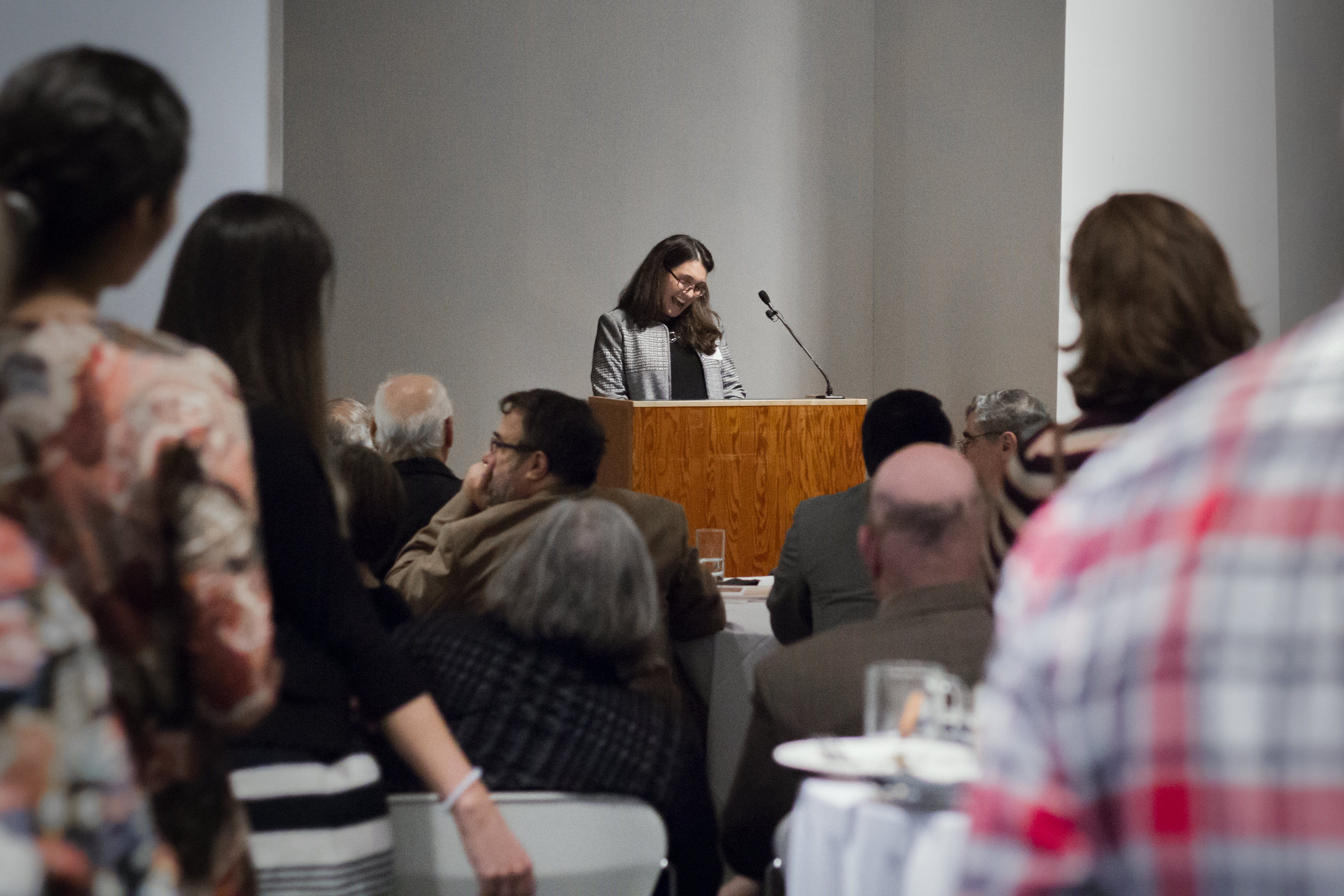
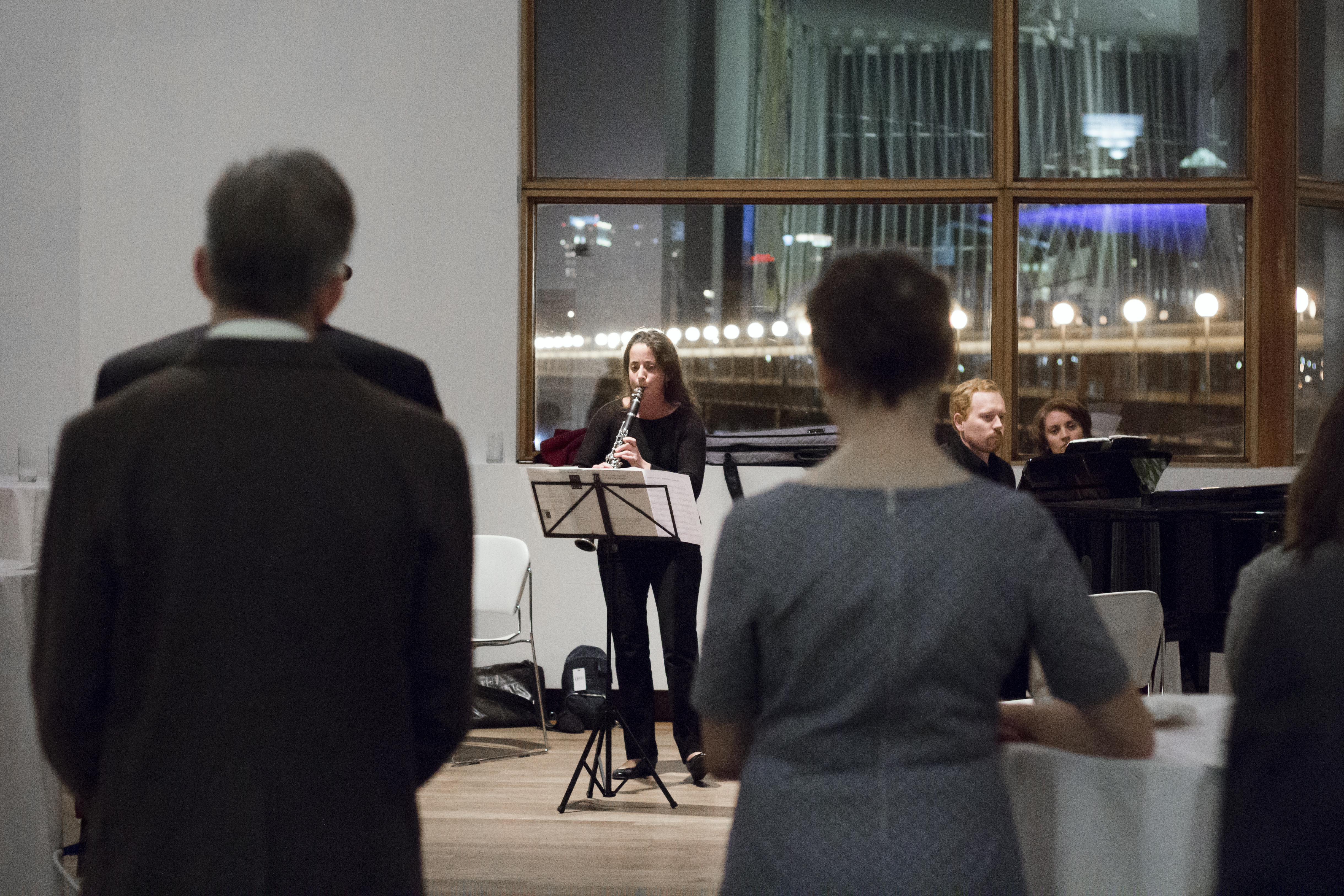
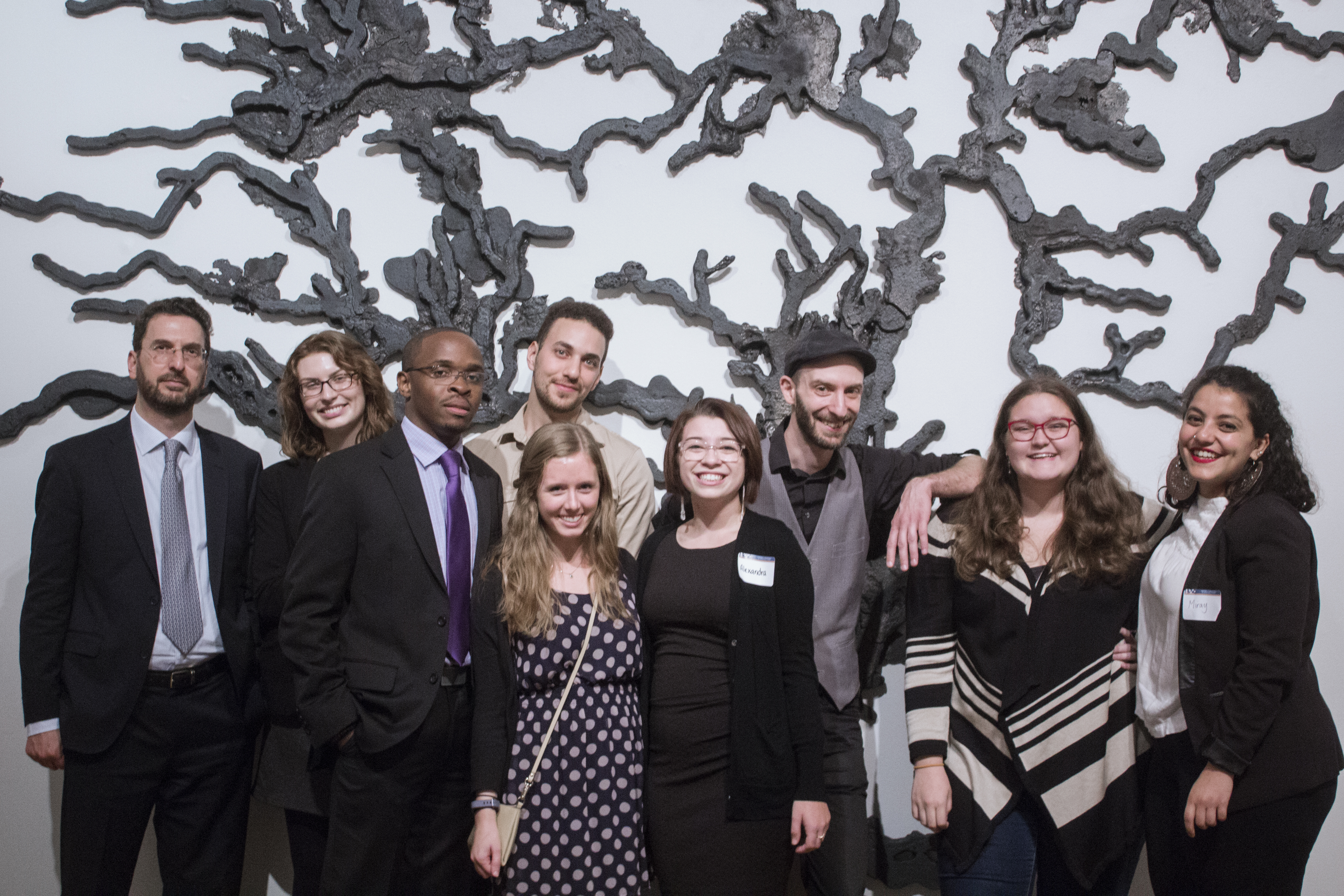
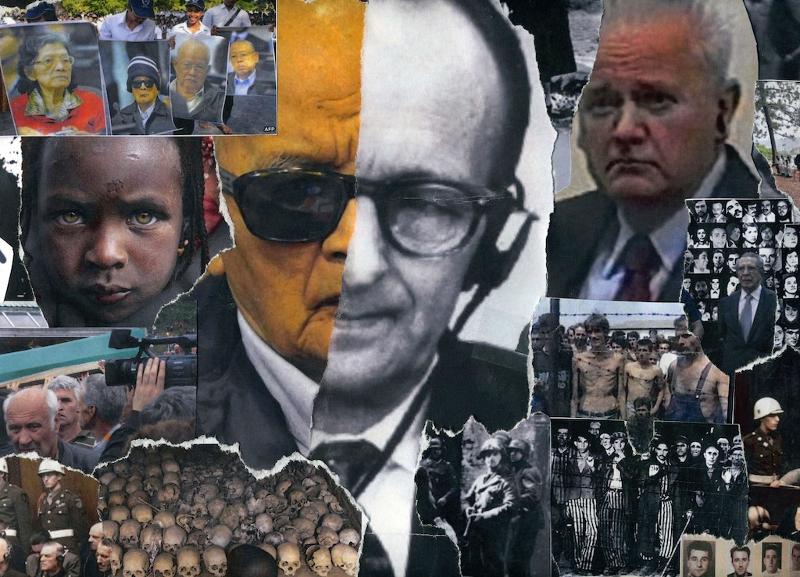 In August 1941, Winston Churchill noted that, while confronted with the atrocities that his intelligence services had discerned in Europe, the world was faced “with a crime without a name.” The second World War marked efforts to define atrocities and mold cultural memory by distinct institutions, such as the media, judiciary and academia; each of which continue to offer their own unique but overlapping framing.
In August 1941, Winston Churchill noted that, while confronted with the atrocities that his intelligence services had discerned in Europe, the world was faced “with a crime without a name.” The second World War marked efforts to define atrocities and mold cultural memory by distinct institutions, such as the media, judiciary and academia; each of which continue to offer their own unique but overlapping framing.